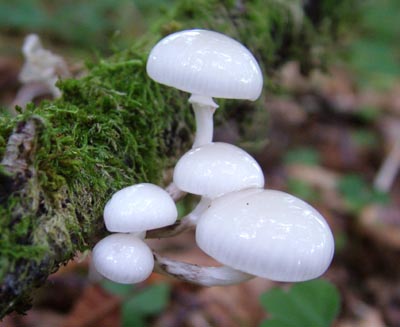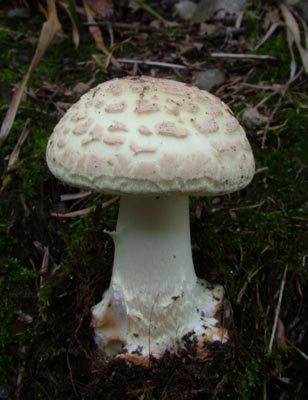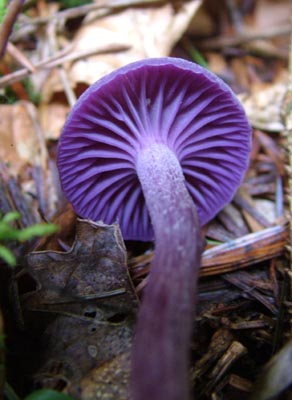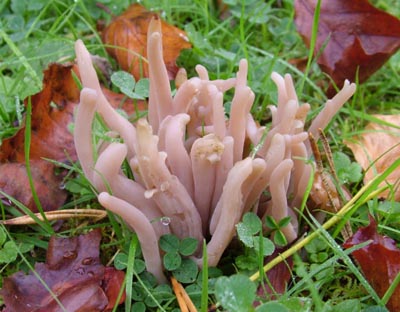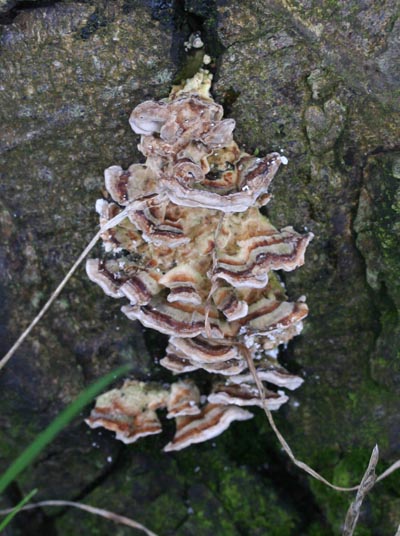We have rain forecast for the next few days, so I took the opportunity to see what signs of spring I could find.
7-Spot Ladybirds hibernate as adults, so in theory they can be seen at any month of the year if the weather is warm enough. But I like to think that the first sighting of the year is a sign of things to come:
 |
| 7 Spot Ladybird |
Many plants are still in their purely vegetative state, but quite a few are making flower buds or new growth. I always consider Barren Strawberry to be the first true flowering plant in each year. True, Celandines will always flower first, but since they can flower any time from November onwards, the Barren Strawberry is my 'first flower' in any given year:
 |
| Barren Strawberry flower bud |
The plant at top right of that shot is Germander Speedwell which had a very good year last year:
 |
| Germander Speedwell |
The lowest stem in that shot shows the diagnostic paired lines of hairs that run along the stem.
Bush Vetch is also pushing through the dead fronds of last year's Male Fern:
 |
| Bush Vetch |
It will be another 4 months before Slender St. John's Wort is in flower, but already the new growth is forming:
 |
| Slender St. John's Wort |
I cropped this shot of Opposite-leaved Golden Saxifrage to show the rear wall of the ditch covered in liverworts and mosses:
 |
| Opposite-leaved Golden Saxifrage with liverworts and mosses |
The main liverwort is
Conocephalum conicum ('Snakeskin Liverwort') and the tiny moss is
Plagiomnium undulatum.
A few years ago, one of the few local areas to have wild Reedmace was excavated to see if it would be suitable for building a house (it isn't!). Most of the Reedmace disappeared, but some has now made a recovery:
 |
| Reedmace - Typha latifolia |
Typha is the sole host family for many insects, including some moths and hoverflies. I examined quite a few specimens of the Reedmace for any signs of those species, but none were found. I wonder how long it will take for them to return (if they ever do).
No time is ever wasted in nature: the leaves of Lesser Celandine are hardly full-grown and already the fungal rust
Puccinia ranunculi has taken hold.
 |
| Puccinia ranunculi on Lesser Celandine |
Last year there seemed to be a very wide-ranging absence of fresh mines of the micromoth
Stigmella aurella from its main foodplant, Bramble, and I certainly found very few. So it's good to see a good number of fresh mines (fresh mines are white, whereas old mines from previous years are brown) on the host plant this year:
 |
| Mines of the micromoth Stigmella aurella |
There are 4 mines on that leaf, all of which appear to have grown to full size. I'm always entertained by the way the mines progress without falling out of the edge of the leaf and also how they seem to detect other mines and take avoiding action before they intersect them (or their own!), especially when older.
